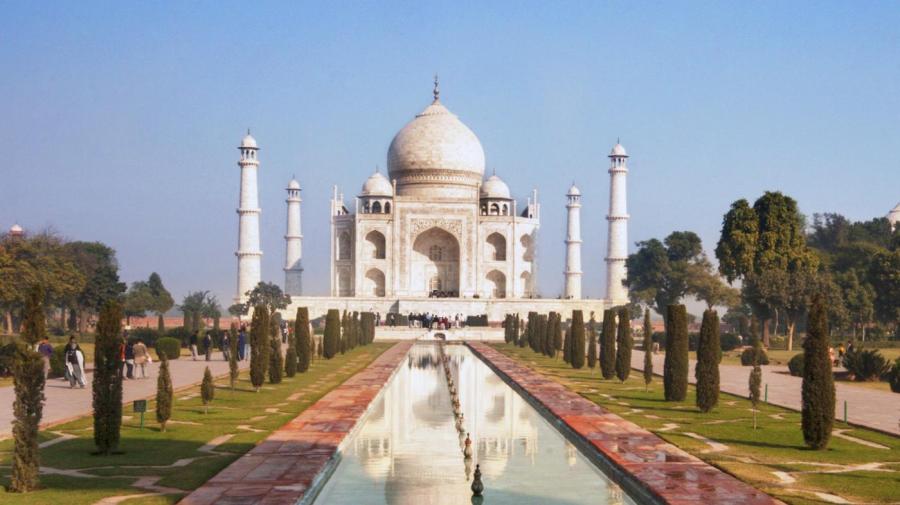What Materials Were Used to Construct the Taj Majal?

The Taj Majal was primarily made of white marble and red sandstone. Other construction materials used for the world-famous Indian monument include gray and yellow sandstone, black slate, different kinds of bricks, sweet limestone, reed glue and red clay. Molasses, curd, jute and fossilized soil were mixed with lime to serve as mortar and cementing material for the building.
The Taj Majal is also famous for its use of a wide variety of semi-precious stones as a decorative element of the building. The different semi-precious stones that were used in the Taj Majal are agate, turquoise, Lapis lazuli, coral, onyx, cat’s eye, jade and bloodstone. Rare stones were also used and these are goldstone, Zahar-mohra, Ajuba, Abri, Khathu, Nakhod and Maknatis. Some of the semi-precious stones were imported from places as far away as Sri Lanka, China, Tibet, Afghanistan and Arabia.
The construction employed some 20,000 workers with expert craftsmen brought in from other countries. Calligraphers came from Syria and Persia, some sculptors were from Bukhara (Uzbekistan) and stone cutters were employed from Baluchistan (part of modern day Iran).
The construction of the Taj Majal took more than 20 years, with the construction of the plinth and tomb needing 12 years, while the remaining parts of the structure needing some 10 years more. The construction of Taj Majal was constructed from 1632 to 1653. It was commissioned by Mughal emperor Shah Jahan in dedication to his third wife Mumtaz Mahal who died while giving birth.





